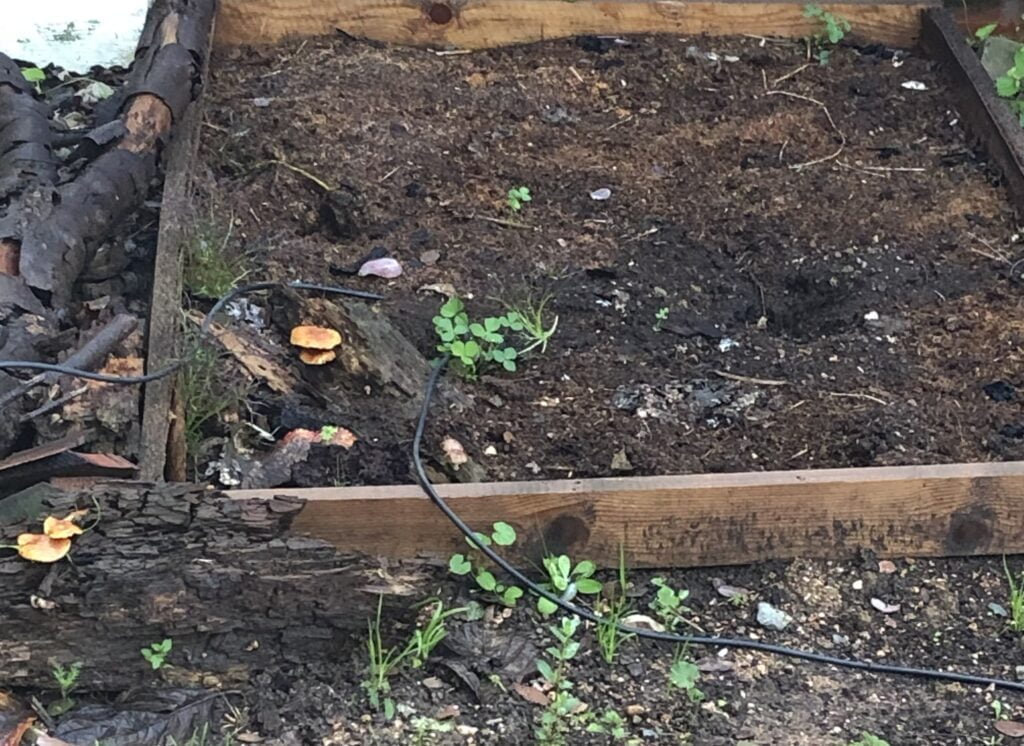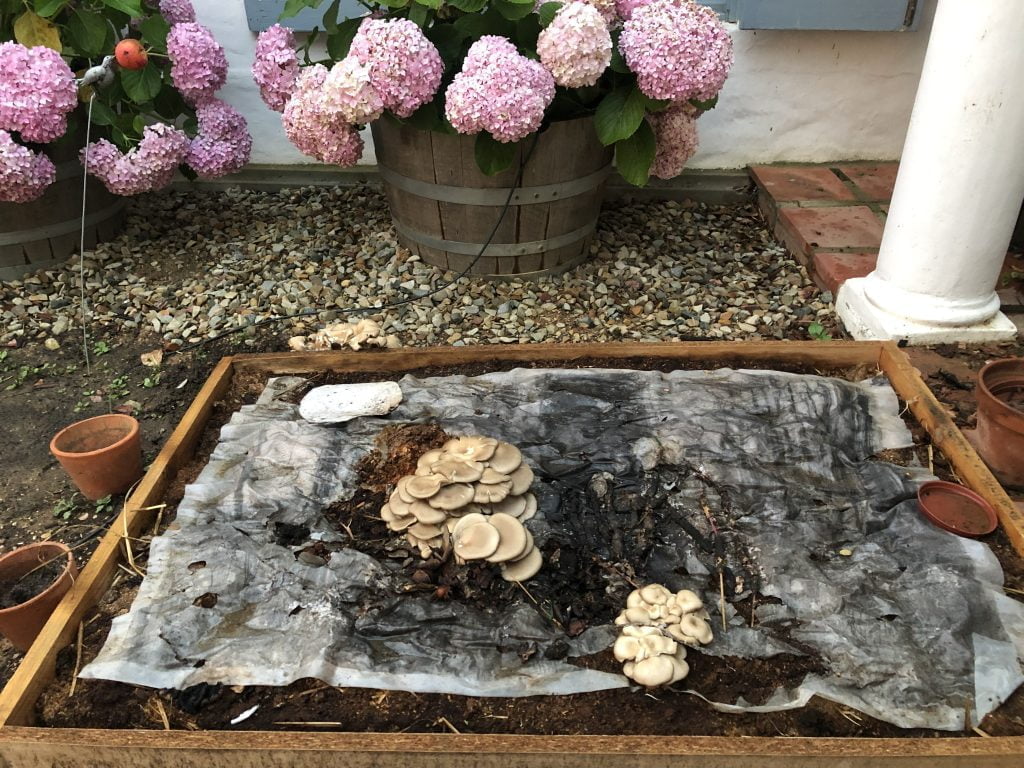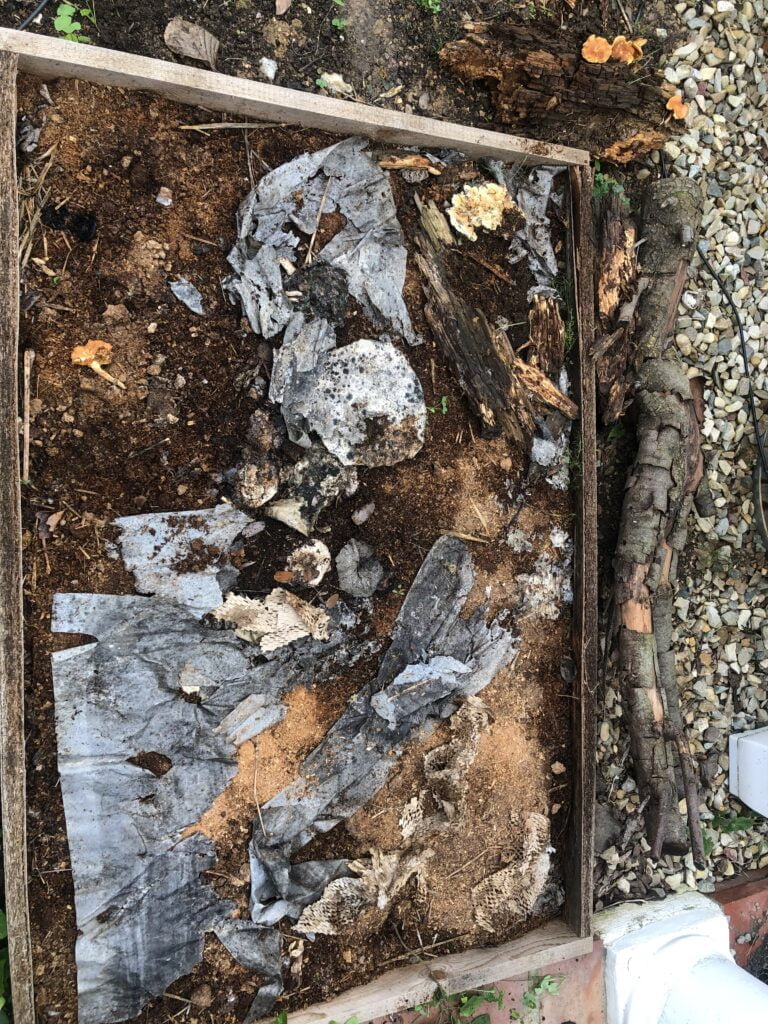I recorded today’s session with my tutor and would like to share our discussion points and actions. I firstly want to inform my tutor that I added some reflective learning into two of my blogs, namely Assignment Two, where I looked at research methods and Part 6, The Draft Research Question. (I made the added text red)
We discussed the overall concerns to get closure on research methods and questions. My tutor had practical solutions to share from her own experience. I have a little black sketchbook to write down what I am doing and try to get to research questions. It is a beautiful way of documenting how one’s practice develops or shifts. I understand that this is a space for honesty to come into my practice, what all these lofty ideas imply – by starting naming it!
Thinking about Part 3, where I need to focus on developing my enquiry, I find Real World Research as a PDF and start to read. (file:///Users/karenstander/Documents/OCA%20Practices%20of%20Research/Robson%20&%20McCartan%20Real%20World%20Research.pdf)
RESEARCH METHODS
We reviewed my summary of research methods and how I sifted the ideas. My methodology is not quite there yet. I need to start pinning the methods down – I need a concrete base, it is a big mix, and I have not made a firm choice. In a way, I am reawakening to my work and being brave to make choices. We looked at ideas around Ubuntu – can it be a methodology? In my mind, I can see it as a methodology as it emphasizes the belief that one’s humanity is inseparable from the well-being of others, and this relates to interconnectedness which I have learned so much about in the fungal world. Also great that this is a big theme in the work, Braiding Sweetgrass. Thinking about loss, Ubuntu also connects to compassion and community. Ideas around walking and entanglements with natural and non-living are probably part of these questions I am asking, mainly around a flat hierarchy; the human is in the mix. Does this show in my making is an important question to ask? We contemplate soil connecting the work – what is it of soil that could become a methodology? Is it about layers, interwovenness, and or sifting (exploring)? Soil is also potentially a material, but what is it about soil – we need to give this more thought. Words could connect with care – a methodology. Looking at collecting of ideas, artists – Ursula Le Guin Carrier Bag. What are my approaches, how do I ‘collect’ the artists, how will I sift, and How will I present? It has to become a framework and set up an introduction and how it shapes the methods that are to follow. If I state it is a Post Human methodology, I must explain how it will be approached. It is understood that I have to begin to be more specific. By now, I can see I lack solid things to build my work up to this submission, and this discussion led me to think about it more objectively. I have not gotten to specifics and realize the time I took to get back into my studies did not allow for enough thought to drill into methods that resonate with me.
Pick methodologies; do not hover too long; start honing it to even a few. I need to consider which of the theories I am taking (be strategic) as there could be issues between some thinkers/writers.
The book, Knowings and Knots by C Cambre and O Chapman discuss ideas around research-creation as an innovative knowledge-making. Here the authors argue for a more relational and situated approach to knowledge, emphasizing the interconnectedness of various knowledge and the complexity of their production. The essays explore the relationship between knowledge production and social practices in anthropology. This gives the ideas of different methodologies in this book from which I could choose or blend ideas.
I finished reading Braiding Sweetgrass by Robin Wall Kimmerer before I wrote this reflection and tried to weave in some of my thoughts.
RESEARCH QUESTION (s)
Consider my work and the artists I am looking at – what am I making (doing) and asking through my research? I need to be more rigorous – a practical suggestion was to have a sketchbook, think about what I am doing, and write down the questions that most come through. I should notice a pattern emerging. Things coming through are still a jungle mess. I do not have to have one question, and I could end up with 2 or 3. I must find ways to phrase my questions, which links to my practice and learning. Here the writers I am looking at will be of good help. I need to look at the artist I research and learn from – drill into if it is about materials or their influence in terms of their themes on me. I need to show these aspects that influence me.
I must show my priority actions from this discussion and the work done using the template my tutor shared in an earlier email.
Action points after our discussion:
Link my reading of The Carrier Bag Theory, Braiding Sweetgrass, The Mushroom at the End of the World, and Ubuntu as methods to examine how we engage with nature and how my making relates to this process.
I can also look at my artmaking to show the interconnectivity between species that can lead to sustainable solutions to current concerns about fragmented cultural concerns around the climate crisis and how we deal with loss. My research around mushrooms taught me that fungi are wise teachers in times of climate crisis, loss and mourning when mushrooms accelerate decay to make way for new life. Kimmerer also has great stories to add.
I feel strongly that ideas to explore in my making be elements that evoke interconnectedness, such as circles, mushroom spore circles, round vessels, and mycelium webs. These ideas can be explored more with sculptures and installations using mushrooms and/or feathers. Thinking of a container in general, Le Guin describes it as “a thing that holds something else”. (P28) In a way, my making becomes the container for my ideas and questions. I like the idea that “…the first cultural device was probably a recipient..” We need something to hold something else – almost like writing this has my thoughts.
Kimmener writes that despair causes paralysis and robs us of agency by blinding us to our own power and that of the earth. To her, restoration is a powerful antidote to despair. It is a way to enter into a positive and creative relationship with the more-than-human world. This takes one to a profound question, namely, what land means? I ask myself if I have allowed nature to be my teacher. Have I started looking at feathers and mushrooms as subjects rather than objects? How, and if so, did mushrooms become my teacher? Thinking about interconnectedness: Do we have a fragmented cultural landscape? How will we learn about our interconnections, namely that the life of one is dependent on the life of all? (Again, Ubuntu is coming forward)
I remember reading about basket making and that the journey of a basket (to me, a container) is also the journey of people – I like how weaving basket making is also described as stories and laughter woven into it by the makers. This reminds me of African basketmakers I have met on our road trips around Southern Africa when you stop at a market for local handicrafts. (I have to say that I have always had a first love for clay vessels. Still, they do not travel well and are very fragile)
My ongoing site is now completely taken over by mushrooms, and it seems in the last few weeks that, the rain has moved the soil and drawing on the site. I could not see much of the drawing left behind and presume the mushrooms, other non-living creatures, and the wind and rain had taken most of it. It is important to note that I have been unable to visit the site during May and most of early June due to my injuries and inability to walk outside. My husband reported seeing chantarelle mushrooms growing on the site last week but never took photos as it was raining heavily. I trust more mushrooms will soon show themselves and will continue to feed the site coffee grinds and homemade compost.



Ideas on Ubuntu and how it connects with the authors I have been researching
The land is an essential aspect of Africa’s identity. Having been reading Braiding Sweetgrass in the last few days, there is so much I can link to African history where the soil is to be seen as the carrier of the stories of birth, death, dispossession and culture. Ubuntu as a value has been affronted by centuries of exploitation of people and the rest of creation for financial gain. Ubuntu is about caring, where the philosophy in the context of caregiving requires that communities be generous with each other. Those who have should share with those who do not have. Concerning global warming we are a crisis point in terms of repairing our relationship with nature. The land that people occupy is believed to be borrowed from future generations. I wonder how many ways this link has been broken – “between the past and the present”, as Robin W Kimmerer describes in Braiding Sweetgrass. She wrote about ceremonies of remembrance and reconciliation, spaces where the fragments can be rewoven into a new whole.
According to Ubuntu, good development is such that it does not degrade the land but allows people to use the land in a manner that would sustain it and leave it productive for future generations. I think I take from these ideas around connectedness, compassion and community as the basis of Ubuntu. I know the possibilities within my current work to choose my research methodology. I am comfortable with ideas around connectedness, compassion and community, which is the basis of Ubuntu.
Ubuntu is central in a community that lives on communal land because people share resources such as grazing, water sources, and forests for collecting firewood, medicine etc. On communal land, there is no space for greediness. Customary bylaws ensure people use the land sustainably. For example, certain trees are not supposed to be cut down because of the role they play in supporting livelihood. All fruit-bearing trees should not be cut down for firewood as they provide food to travellers. Firewood collectors are encouraged to collect only dead wood, not young-growing trees. Runaway fires ought to be attended to by whole villages, and no one is supposed to start fires without inviting neighbours. People are encouraged and forced to share with all. In Mpondoland, people (Xhosa) believe you may not separate life from the land. Due to industrialisation, capitalism, and current policies, people, even with indigenous ties, have moved away from nature due to living in cities and big towns surrounded by industry and mining.
Karen Stander
14 June 2023